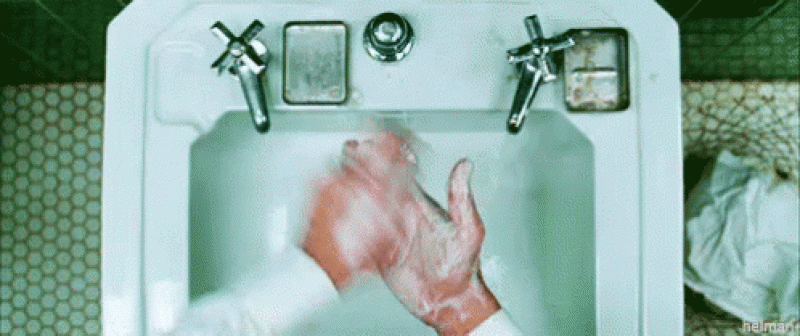This topic contains a solution. Click here to go to the answer
|
|
|
Did you know?
The familiar sounds of your heart are made by the heart's valves as they open and close.
Did you know?
There are approximately 3 million unintended pregnancies in the United States each year.
Did you know?
There are more nerve cells in one human brain than there are stars in the Milky Way.
Did you know?
Recent studies have shown that the number of medication errors increases in relation to the number of orders that are verified per pharmacist, per work shift.
Did you know?
Medication errors are three times higher among children and infants than with adults.







